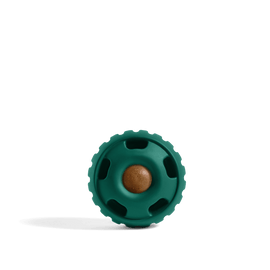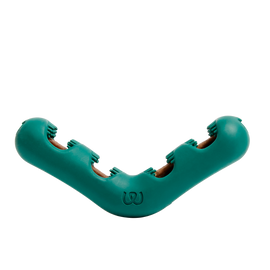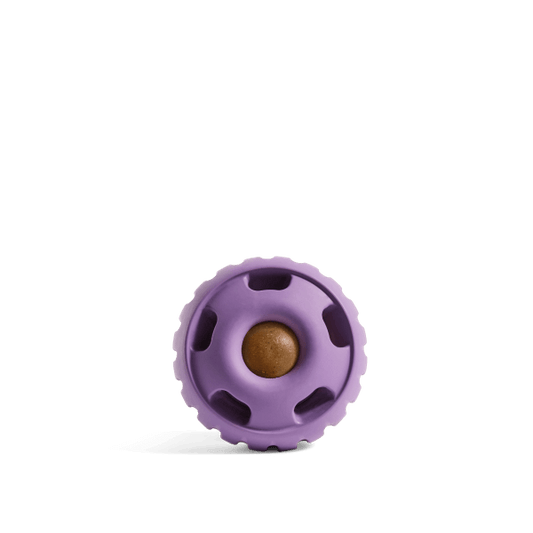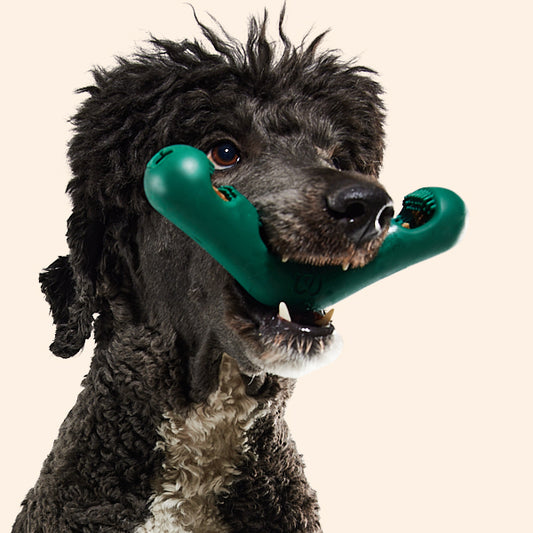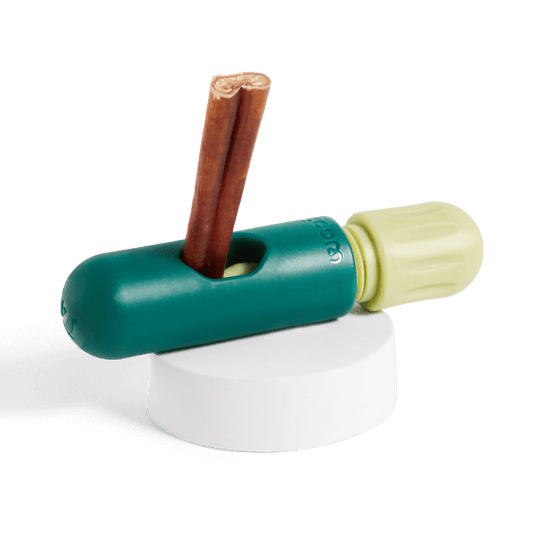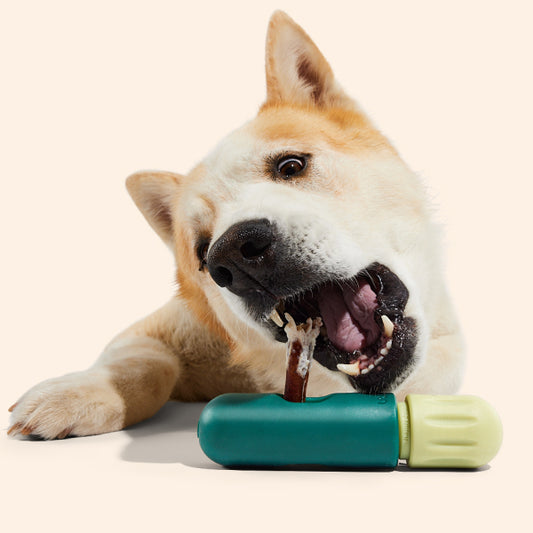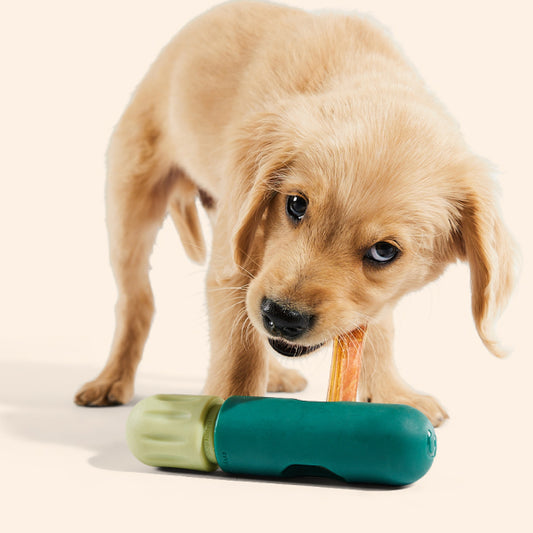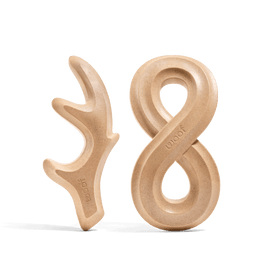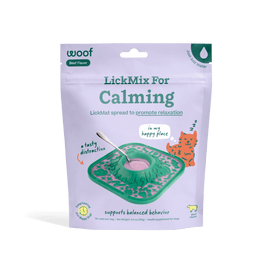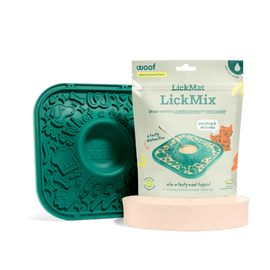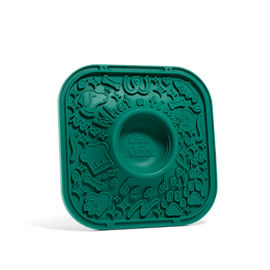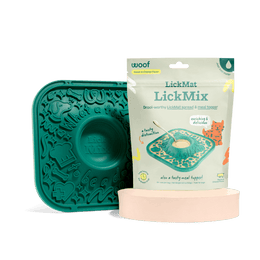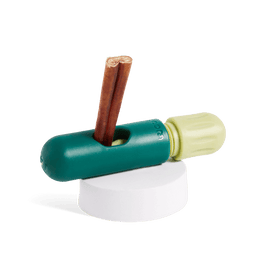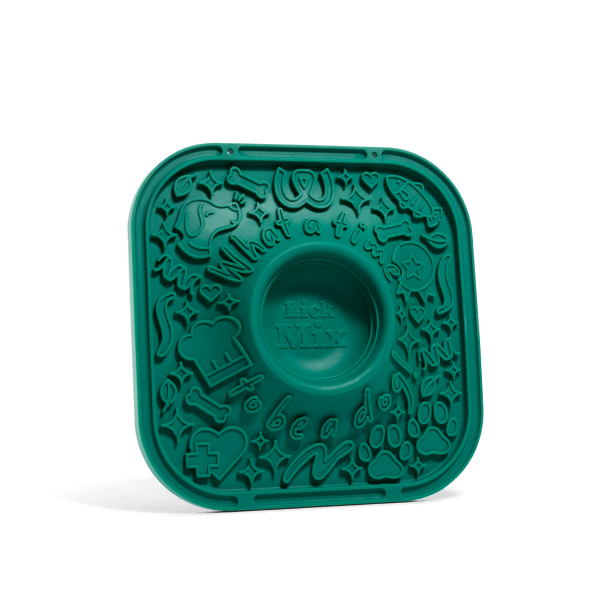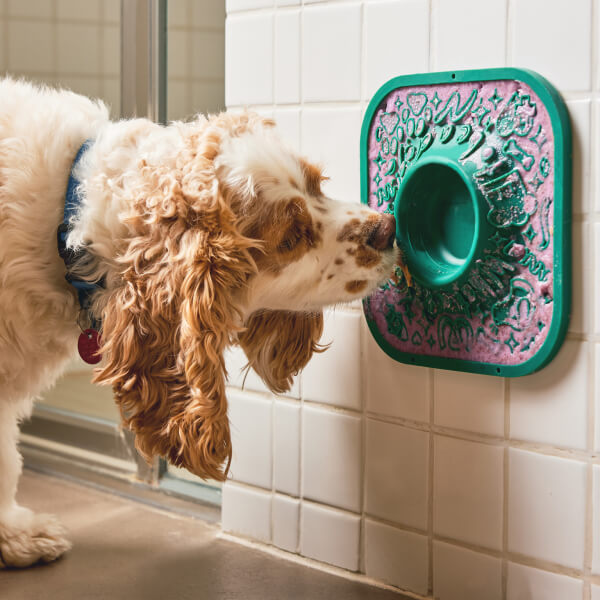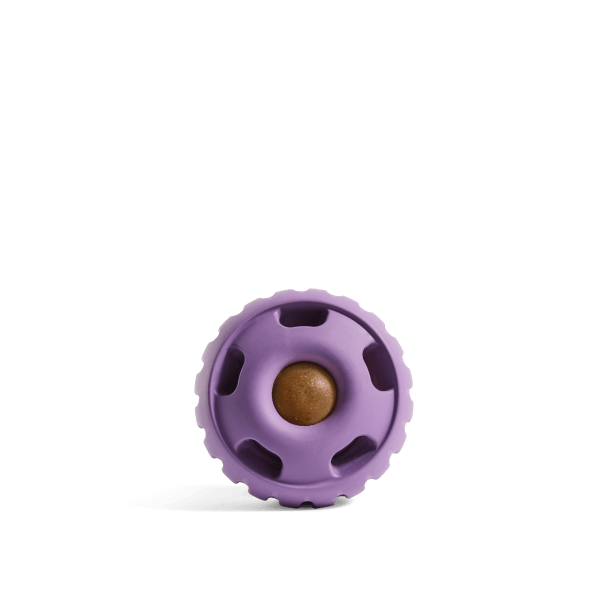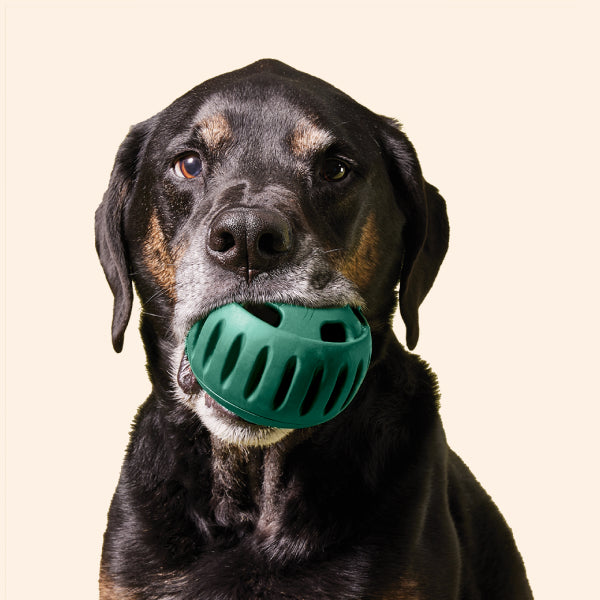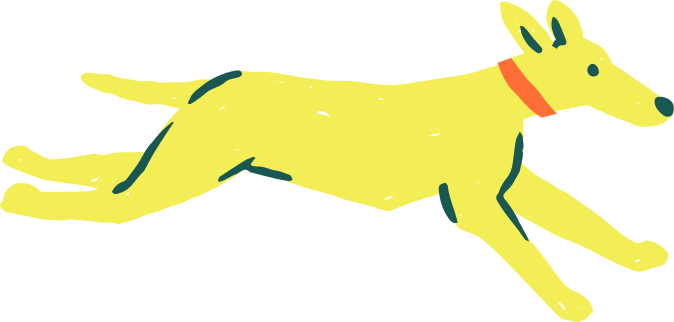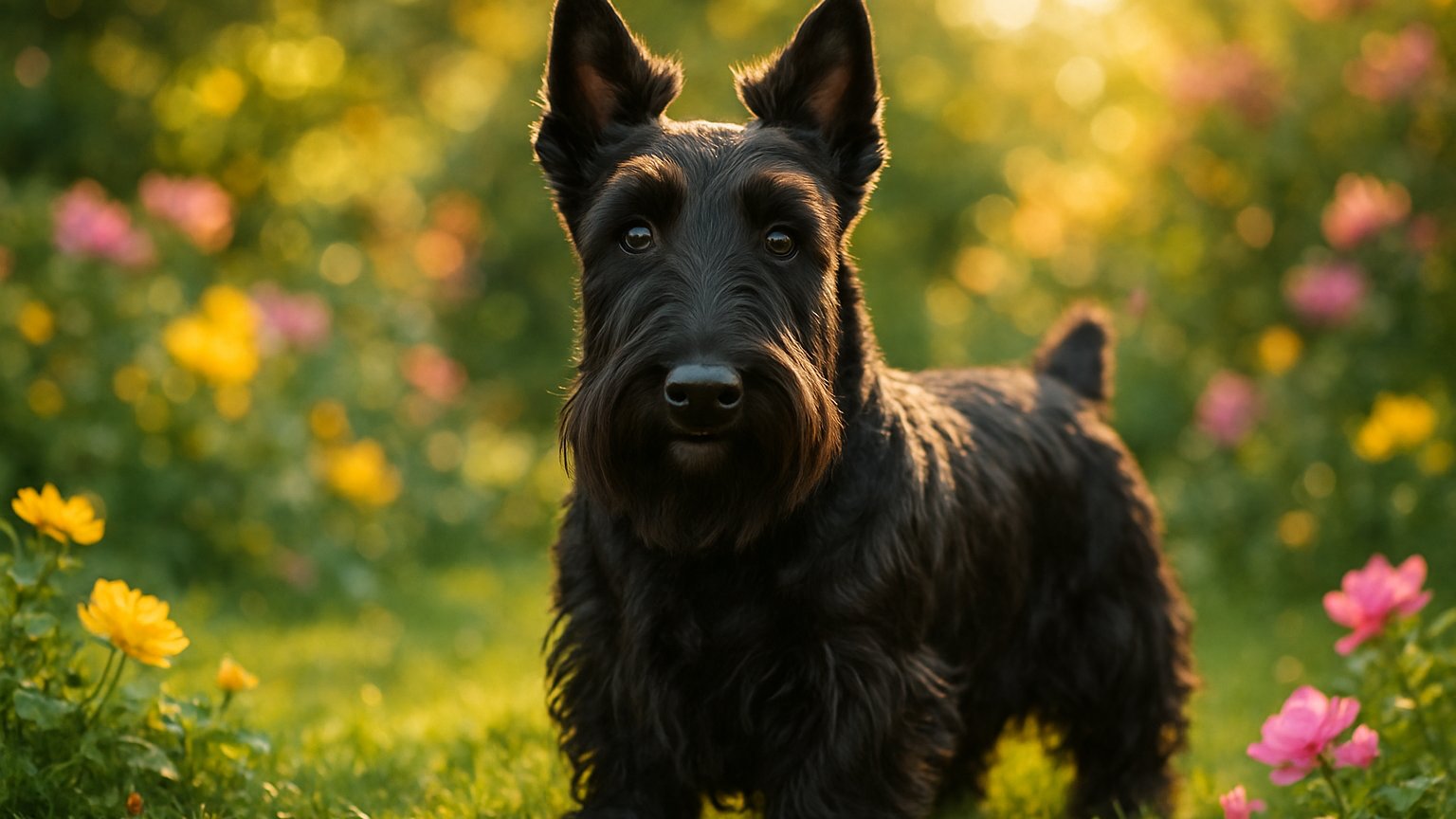
Few breeds carry themselves with the dignity, independence, and sheer character of the Scottish Terrier. Affectionately known as the “Scottie,” this small but mighty breed is a symbol of loyalty and pride. With its wiry coat, confident stride, and sharp mind, the Scottish Terrier has been adored by royalty, presidents, and dog lovers worldwide for centuries. Beneath that dignified exterior, however, lies a playful, affectionate, and often mischievous spirit.
🐾 Fast Facts: Scottish Terrier
- Breed Group: Terrier
- Origin: Scottish Highlands, 1700s
- Height: ~10 inches
- Weight: 18–22 lbs
- Coat: Hard, wiry outer coat; dense soft undercoat
- Colors: Black, brindle, wheaten
- Lifespan: 12–15 years
- Famous Owners: Franklin D. Roosevelt (“Fala”), Queen Victoria, President George W. Bush (“Barney”)
📜 A Storied Past from the Scottish Highlands
The Scottish Terrier’s roots run deep in Scotland’s rugged terrain. Originally bred to hunt foxes, badgers, and other burrowing vermin, Scotties were prized for their determination and fearless nature. Their small size allowed them to follow prey underground, while their strong, short legs provided the power to dig and chase with unrelenting focus.
By the late 1800s, the breed had been standardized and earned recognition from the Kennel Club of England. The Scottie’s iconic silhouette became so distinct that it was later immortalized as the black piece in the famous board game Monopoly. Today, the breed remains an enduring symbol of courage, independence, and charm.
🏰 Did You Know?
- The Scottish Terrier is one of only a few breeds to have lived in the White House twice—first with FDR and later with George W. Bush.
- Its nickname, “the Diehard,” was coined by soldiers during the 19th century to describe their unshakable bravery and loyalty.
- Scotties are featured as mascots for famous brands, including Black & White Scotch Whisky.
💪 Appearance & Distinctive Features
Compact, muscular, and low to the ground, the Scottish Terrier’s unique silhouette exudes confidence and elegance. Their long muzzle, bushy eyebrows, and distinctive beard give them an unmistakable look. The double coat — a wiry top layer with a dense undercoat — keeps them dry and warm even in Scotland’s damp weather.
- Head: Long and rectangular, giving the breed a noble profile.
- Ears: Small, erect, and expressive — always alert.
- Coat Care: Requires brushing several times per week and professional hand-stripping or clipping every 6–8 weeks.
- Tail: Medium-length and upright, carried proudly but never curled.
💖 Temperament & Personality
Scottish Terriers are as loyal as they are independent. They tend to bond deeply with their family, often singling out one person as their special companion. Don’t be fooled by their dignified stance — beneath that poised exterior lies a playful, witty, and sometimes stubborn soul.
⚙️ Temperament Snapshot
- 🧠 Smart & Independent: They prefer to think things through rather than blindly follow commands.
- 💬 Alert & Watchful: Natural watchdogs who take their guardian duties seriously.
- 👪 Devoted: Fiercely loyal to family, sometimes aloof with strangers.
- 🎯 Strong Prey Drive: Best kept away from small pets like rodents or rabbits.
- 🐾 Playful but Proud: Love games, but always on their own terms.
🏃♂️ Exercise & Training
Despite their small stature, Scotties are energetic dogs that enjoy daily walks and brisk play sessions. A 30–45 minute walk or interactive game each day is ideal. Their terrier instincts make them natural diggers and explorers, so secure fencing is essential. Many enjoy scent games, agility, and even earthdog trials, which simulate their traditional hunting work.
Training a Scottie requires patience and humor. They’re intelligent but independent, meaning you’ll earn more success through positive reinforcement and variety than repetition. Once motivated, they’ll impress you with their quick learning and surprising athleticism.
🩺 Health & Longevity
Scottish Terriers are generally healthy, but like all purebreds, they can be prone to certain conditions:
- Scottie Cramp: A hereditary neurological condition causing temporary stiffness or muscle spasms.
- Von Willebrand’s Disease: A blood-clotting disorder requiring testing in breeding lines.
- Bladder cancer (TCC): Slightly more common in this breed — regular vet screenings are recommended.
With good nutrition, routine vet care, and plenty of mental enrichment, most Scotties live long, healthy lives — often reaching 14 or 15 years.
✂️ Grooming & Maintenance
The Scottie’s wiry coat requires regular upkeep to preserve its texture and silhouette. Weekly brushing prevents tangles, while professional grooming every 6–8 weeks keeps them looking sharp. Hand-stripping — gently removing dead hairs by hand — is preferred for show dogs, but clipping works fine for pets. Bathing should be occasional, and be sure to dry the undercoat thoroughly to prevent dampness-related skin issues.
🦴 Enrichment & Care Tips
Scotties love challenges that engage both body and mind. Mental enrichment helps keep their cleverness from turning into mischief. A few top picks for keeping your Scottie happy and balanced include:
- The LickMat: Great for slow feeding and calming rituals.
- The Pupsicle: Perfect for reward-based training or warm-day refreshment.
- Hip & Joint Pops: Support mobility and joint health for an active, compact dog.
🐶 Final Thoughts
The Scottish Terrier is a small dog with a giant heart — brave, loyal, and endlessly charming. They bring humor, devotion, and a touch of aristocratic flair to every home they grace. For dog lovers who appreciate character, confidence, and companionship wrapped in one iconic little package, the Scottie stands proudly above the rest.

